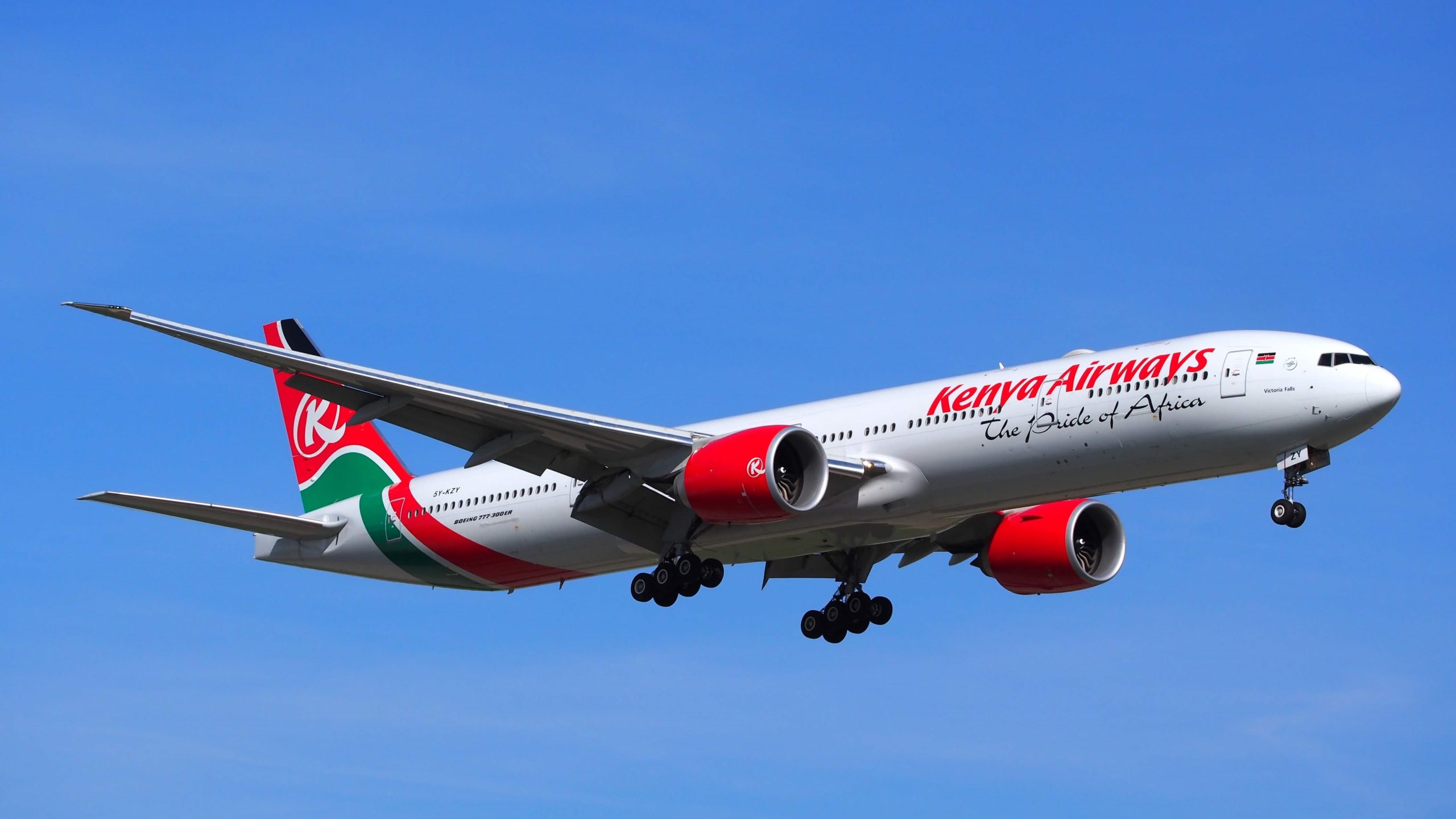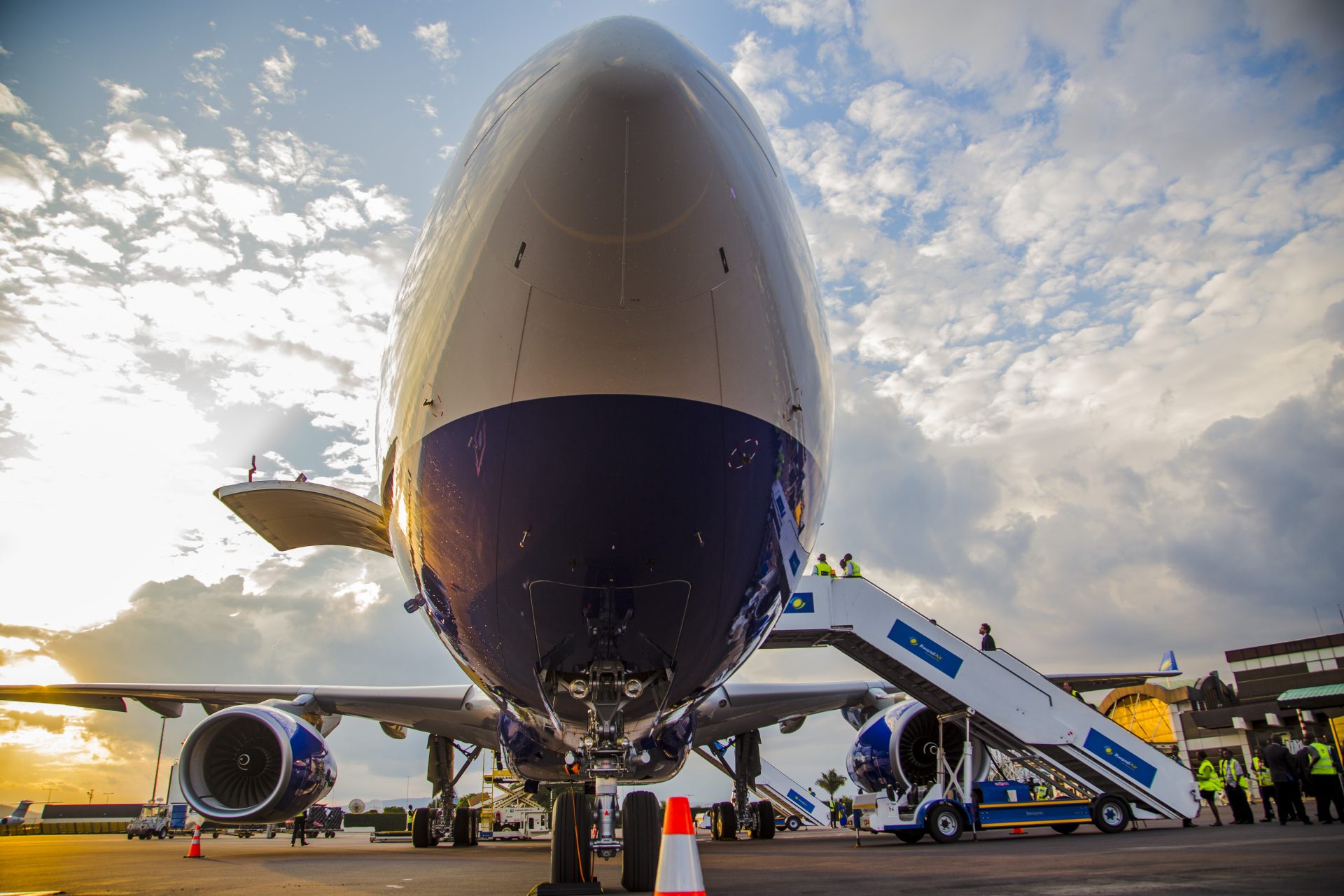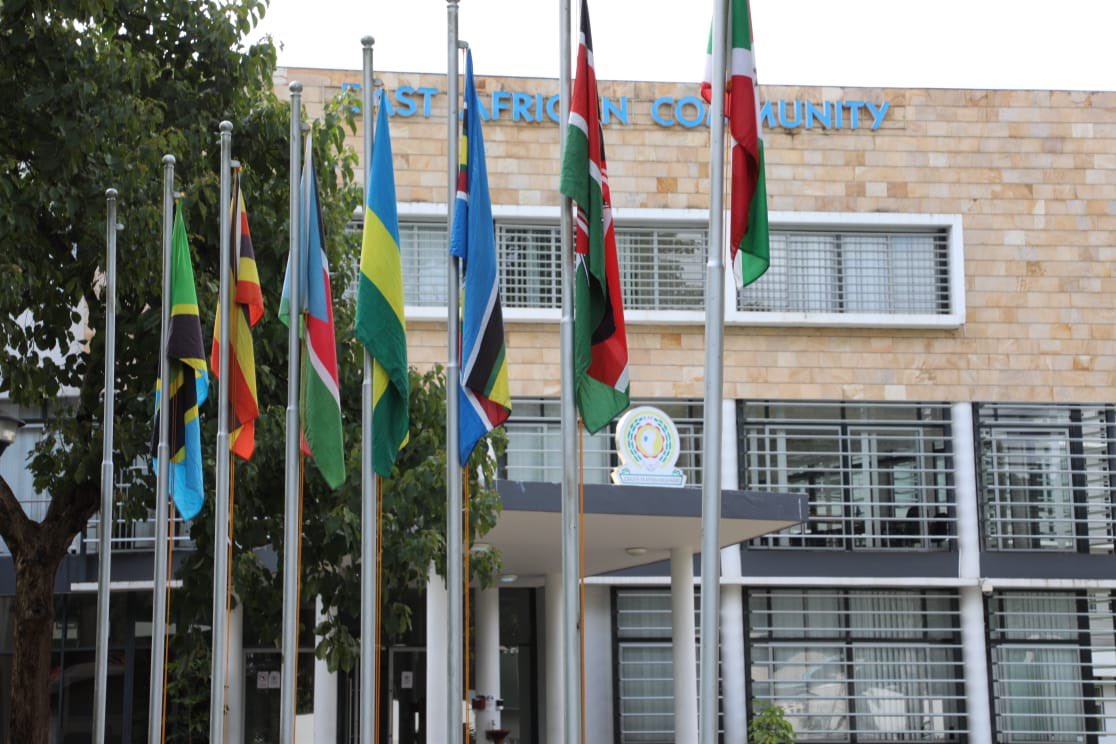East Africa, a region known for its breathtaking landscapes, vibrant cultures, and economic potential, has been steadily fostering regional integration through the East African Community (EAC). Beyond its picturesque beauty and cultural diversity, East Africa is also a hub of aviation activity. The analysis company Aerotrail provides Airspace Africa with the comprehensive analysis of airline connectivity within the EAC member countries, shedding light on the key insights that shape this dynamic industry.
EAC Air Travel Insights
One of the hallmarks of the EAC is the ease of travel for its citizens within the region. By simply presenting a valid national passport, individuals can explore neighboring EAC countries hassle-free. This privilege is further enhanced by the introduction of the East African Passport, a travel document designed to streamline border crossings for East Africans. Notably, this passport is exclusively designated for travel within the confines of the EAC region.
In most instances, travelers within the EAC enjoy the luxury of visa waivers, facilitating smooth journeys across borders. The exception to this rule is travel to or from the Democratic Republic of Congo (DRC), where a visa remains a requirement. However, it’s crucial to emphasize the importance of carrying a passport when traversing borders within the EAC.
Additionally, Kenya, Uganda, and Rwanda have taken a significant stride by recognizing their respective citizens’ national identification cards as valid travel documents. This recognition is rooted in a binding East African Agreement among these three nations and has yielded considerable implications for air travel within this specific bloc of countries.
Key Airports
To comprehend the intricate web of airline connectivity within the EAC, it’s vital to recognize the role of key airports. These airports serve as the linchpins of regional air travel, connecting EAC member states with each other and the wider world.
1. Burundi: Bujumbura International Airport
2. Democratic Republic of the Congo: N’djili International Airport
3. Kenya: Jomo Kenyatta International Airport
4. Rwanda: Kigali International Airport
5. South Sudan: Juba International Airport
6. Tanzania: Julius Nyerere International Airport
7. Uganda: Entebbe International Airport
Overall Air Connectivity
Kenya’s Jomo Kenyatta International Airport and Uganda’s Entebbe International Airport hold a special distinction in the EAC’s air travel landscape. These airports are the exclusive gateways that facilitate scheduled airline connections to the main airports of all other EAC member nations. When it comes to regional networks, Entebbe Airport takes the lead with connections to approximately fifteen regional destinations. Following closely are Jomo Kenyatta International Airport and Kigali International Airport, both offering scheduled connections to ten regional destinations each.
Longest Airline Routes
In the world of aviation, distance is often a defining factor. Among the longest routes within the EAC network, the Nairobi–New York route stands out, spanning an impressive 11,832 kilometers. This route is serviced daily by Kenya Airways, utilizing Boeing 787-8 Dreamliner aircraft. Following closely in terms of distance are routes like Nairobi-Changsha, Dar-es-Salaam–Guangzhou, Nairobi-Guangzhou, and Dar-es-Salaam-Amsterdam.
Domestic air travel is the backbone of regional connectivity, and the EAC boasts its share of extensive domestic routes. Notably, the Democratic Republic of the Congo (DRC) offers the most extensive domestic routes compared to other EAC countries. Routes like Kinshasa-Goma, Kinshasa-Lubumbashi, Kinshasa-Kisangani, and Kinshasa-Kindu are lifelines connecting communities across vast distances. Additionally, the route connecting Dar-es-Salaam to Kigoma stands out as the longest domestic route within the EAC, spanning a distance of 1,085 kilometers.
Passenger Seats and Airlines
The heart of the aviation industry lies in the seats that carry passengers from one destination to another. In the EAC, several airlines play pivotal roles in connecting people, cultures, and economies. Kenya Airways leads the pack with a substantial 122,906 weekly seats, followed by Ethiopian Airlines with 46,221 seats and RwandAir with 36,626 seats. Notably, the Kenyan low-cost carrier, Jambojet, commands a significant position with 28,860 weekly seats.
Available Seat Kilometers (ASK) is a key metric that reflects an airline’s capacity. In this regard, Amsterdam takes the commanding position with an impressive tally of approximately 132 million ASK, closely trailed by Dubai, Paris, Istanbul, and London. Within the EAC region, Kenya Airways firmly establishes itself as the dominant carrier, boasting a remarkable total of about 300 million ASK.
Ticket pricing in the airline industry is a complex interplay of factors, including route distance, demand, aircraft type, and more. Interestingly, longer airline routes within the EAC tend to be more cost-effective per kilometer traveled, particularly for intercontinental routes. The principle of economies of scale comes into play, where larger aircraft, equipped with more seats, can distribute operational costs across a broader passenger base, resulting in reduced ticket prices per kilometer.
Source: Aerospace Africa




